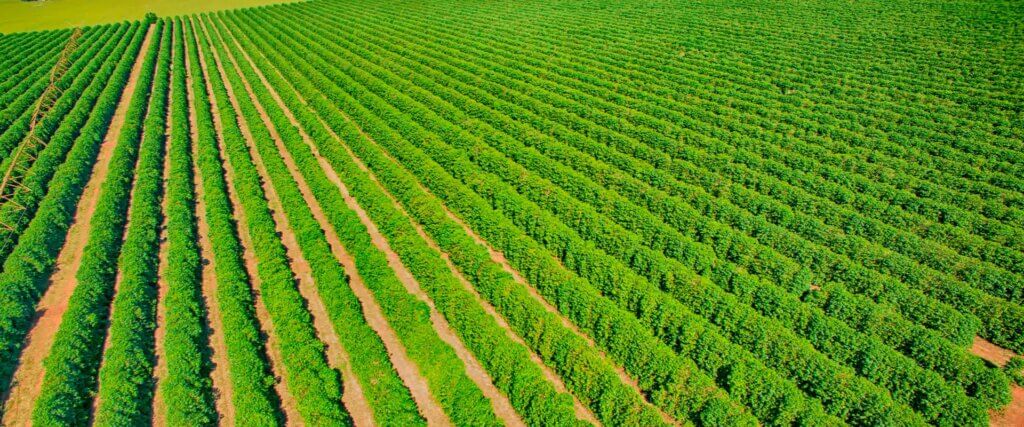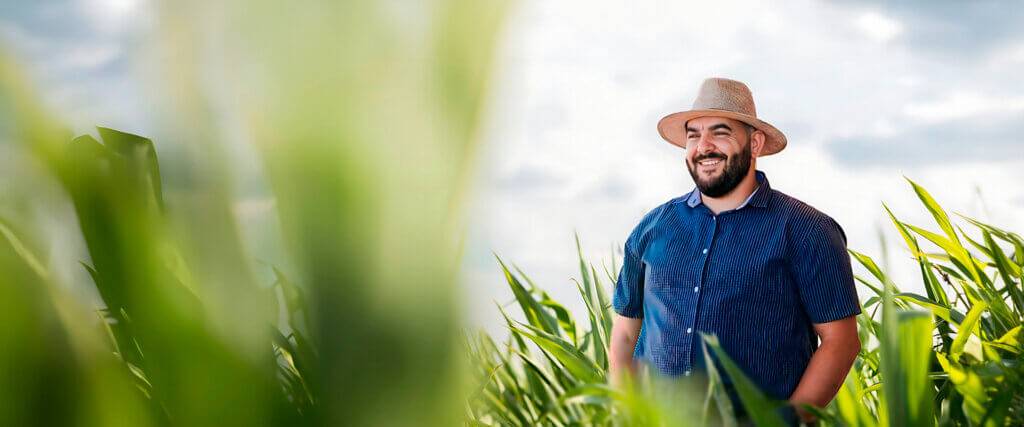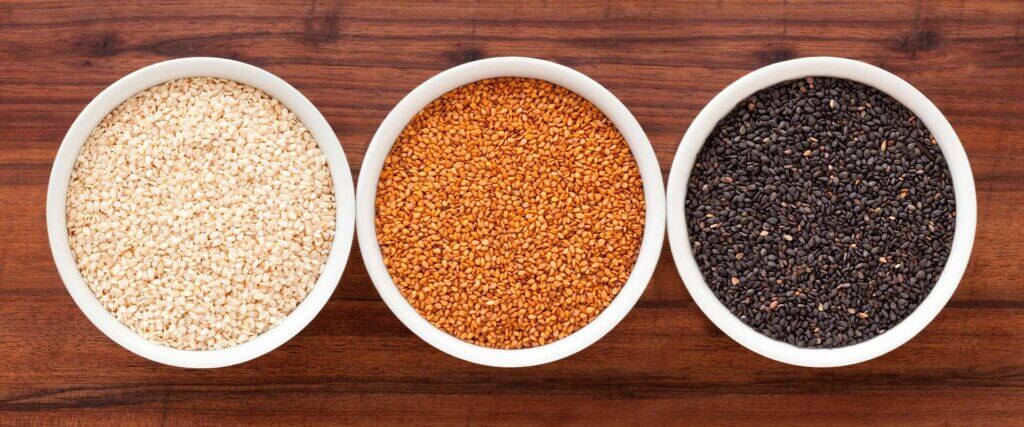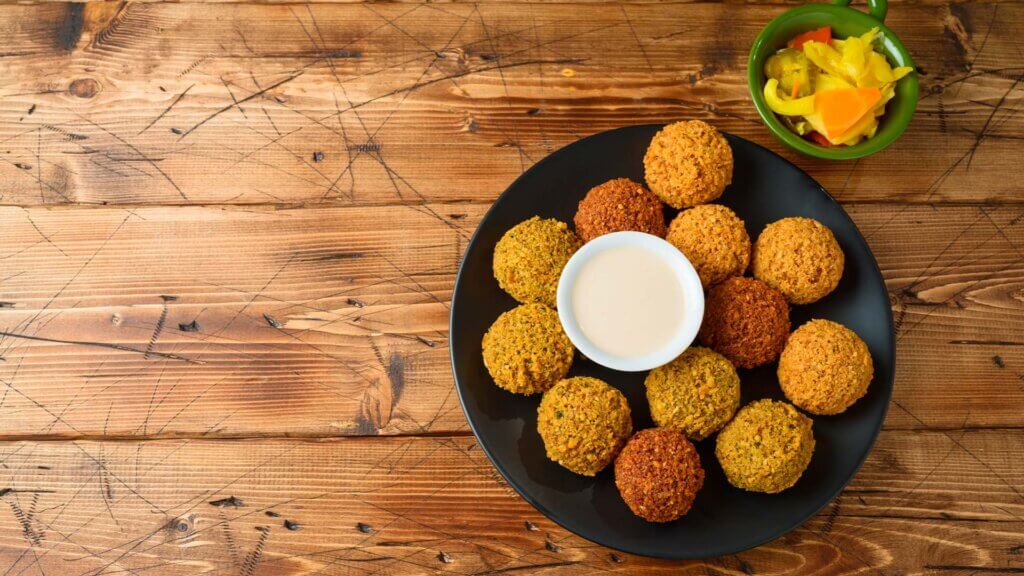Atlas' "superfoods" business is boosted by capital market investment.

Grain trading company Atlas has raised R$100 million in Brazil this year to expand its "superfoods" business, a market that the big companies in the industry are not venturing into, a company executive said.
Superfoods, or grains with high nutritional value, also include legumes such as lentils, dried beans and chickpeas, and sesame.
"The exporters of alternative grains, of superfoods, will be new (entrants)," said Bernardo Garcia, chairman of Atlas, in an interview yesterday (21).
"The big tradings are focused on the traditional goods market."
Practically without competition, Atlas intends to become one of the main Brazilian exporters of these foods, betting that it can prosper in a market niche that grows 4.5% a year and that it identified ahead of the others.
The funds from the Atlas financing round are being used by the Mato Grosso company, founded two years ago, to increase sesame purchases from local farmers.
Atlas is already processing sesame and selling in export markets, where it receives about $1,700 per ton, Garcia said.
The conclusion of the Atlas financing effort comes at a time when producers are beginning to look for new ways to profit from their land.
Domestic sesame production, for example, has been growing by an average of 50% since 2018. The harvest could reach 120,000 tons by 2022 as crops grow rapidly, Atlas said.
Although Brazil remains a small producer of sesame and other types of "superfoods," the country has the potential to be among the world's largest suppliers.
This is because the producers here, who are highly mechanized, are able to scale up production and grow grains with higher added value, surpassing smaller agricultural nations that do not have this competitive advantage, said Garcia.
Brazil's sesame production is still modest compared to Sudan, the world's largest supplier, which harvests 1.5 million tons per year, according to Atlas.
But the country can increase production to 1 million tons in just five years, with the company positioned to export 10% of that, Garcia said.
Source: https://forbes.com.br/forbesagro/2022/09/negocio-de-superalimentos-da-atlas-tem-impulso-com-investida-no-mercado-de-capitais/
How to become an Atlas Producer

Sesame is a food that has been consumed for thousands of years by mankind and has excellent nutritional values, such as its good amount of protein. In cultivation, these grains are not left behind either, their ease of planting together with their high tolerance to water stress and high temperatures make their cultivation the perfect choice for the second crop in Brazil, besides also having a longer planting window than corn.
Growing sesame is undoubtedly a very profitable option with advantages such as a low investment and low financial risk, but how to start?
At first you just have to contact us to better understand about the climate and location issues where you intend to start this cultivation so that we can apply it in the best possible way, when we perform this analysis will be benefited the grains and an exclusive technical support with periodic visits and educational materials in order to explore the best of these grains during the whole process of your cultivation, at the end of this process these grains should be stored and transported directly to our warehouse for its purchase guaranteed by Atlas.
Learn about the varieties of sesame

The sesame or also known as sesame, are seeds with a great nutritional value coming from the plant Sesamum indicum and is known for its use in excellent dishes being more common in the Middle East cuisine, however, these seeds have a variety in their characteristics as the change in their colors and other factors, check below some of these varieties that we have separated for you:
Anahí
The Anahí sesame variety are seeds with a larger size, cream color, and slightly sweet flavor, these grains are more present in the national market and are used in several applications, such as in baking, pharmacology, confectionery, cookies and crackers.
K3
This variety is different from the others because it is smaller in size, has a non-sweet taste, and is creamy in color. It is usually consumed fresh, and is also used in the confection of cosmetics and animal feed.
Seda
These grains have a smaller size, a white color, and a sweet flavor, and their application is very varied, being used in cosmetics and sweets, as well as being consumed in natura and in fast-foods (in bread with sesame).
Black
These grains stand out for their black color, but their nutritional characteristics do not differ much because they come from the same family, but in general, black sesame has a higher amount of protein and its application is common in cooking recipes, being also indicated for vegan diets because of its higher protein concentration.
Trebol
This variety of non-sweet sesame has nutritional values very similar to the other varieties, being more commercialized in the foreign market and having its applications in candies, breads, and cosmetics.
5 great recipes with sesame

Sesame seeds are grains that are extremely beneficial to health and in addition to containing a large amount of calcium, they are also used in many excellent recipes served around the world:
Tahini
Tahine is a paste prepared with sesame seeds, used as a seasoning in many dishes and very present in the Middle East.
Gersal
With a simple preparation and numerous benefits, Gersal is a great salt and sesame-based seasoning.
Sesame Bar
This candy bar is made by putting sesame together with sugar or honey, and is a great option for a healthy snack.
Falafel
Falafel is a fried dumpling made from sesame, chickpeas, or ground fava beans, and is usually eaten with pita bread, homus, tahine, and salad.
Halawi
Halawi is a sweet made from Tahine (sesame paste), honey, and sugar, and is a common dish in the cuisine of Arab countries being eaten hot or cold.
